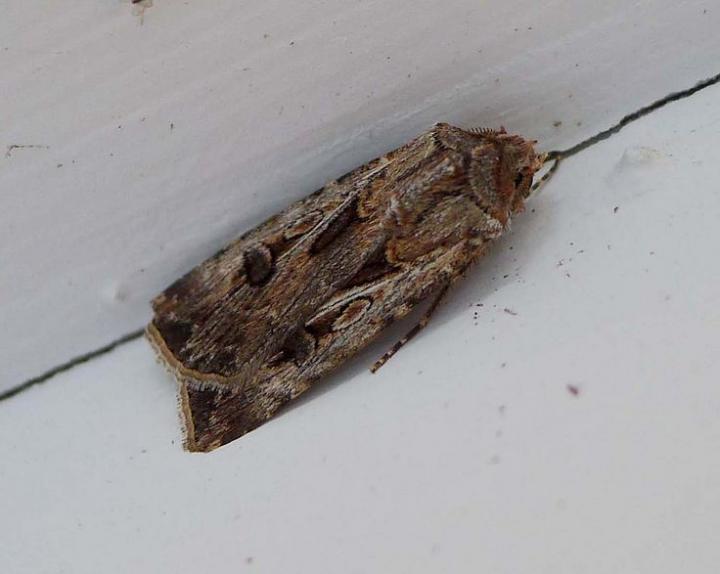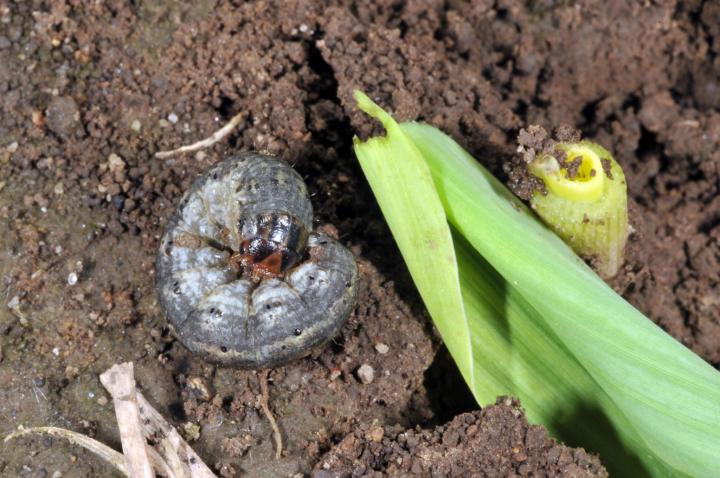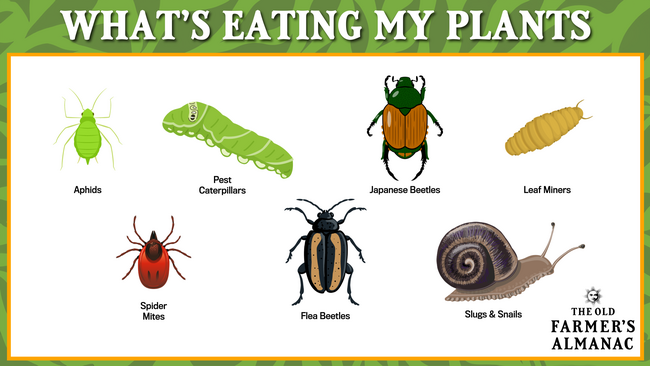
Caption
Black cutworms can wreak havoc on your garden, so learn these tips for identification and control.
Photo Credit
GrowVeg.com/Sam Droege on Flickr Creative Commons
Subhead
Identify Cutworms and Cutworm Damage
Read Next
Gardening Products
More Like This
Hi, I am trying my best to grow broccoli and hitting snags all the time, with cabbage worms, aphids, and just heat and other stuff. Recently i had a plant perfectly healthy that was standing fine and then the next day i come out it is laying on the ground. I looked at the stem and it was still connected but the bottom right in the soild was almost as thin as the roots of the plant so it can't support the weight. I'm 99% certain it is a cutworm problem as had a second plant with the same issue this morning. The only thing i'm struggling with is finding the cutworms and understanding why they didn't cut the plant stem clean off as in the photos shown typically for cutworms. Or do i have a completely different problem?
Unless you see visible chew marks, these symptoms sound more like a fungal issue called "damping off." It's a common problem with young seedlings! Check out this helpful guide by University of Minnesota Extension: https://extension.umn.edu/solve-problem/how-prevent-seedling-damping
I've been looking online for a comprehensive list of what plants cutworms attack and I can't believe I can't find one. I've put collars on my peppers and tomatoes for years but I was wondering specifically about cucumbers -- I guess no problem because I sure can't find a page that mentions it.
Can I seed my pole beans in toilet rolls and then plant the whole thing in the garden...cause the cutworms chop the prime leaves off as soon as the bean sprouts...no time for covering with anything!
If you have a small garden or a small quantity of flowers you want to protect, try cutting half-gallon or quart size cardboard milk or OJ cartons to make collars. You cut the top and bottoms off as close to the seam as you can, then cut the remaining container in half. This creates about a 4-5 inch collar the can be places around the base of the plant stem. When pushed lightly into the loose soil, the cutworms are deterred from climbing over it and attacking your plants. The collars can also help in watering the root system when the plants are young as they are “waxed” to prevent the milk from leaking and they will breakdown over the season for easy recycling. Any carton of this design will work.
It may be an old wives tale but I have been putting a large nail next to the stems of all of my small transplants. I have done this for years and have never had a loss to cutworms. I was told to do this by an old farmer.
I read somewhere to put a toothpick next to the stem of the plant, that will keep the cutworms from cutting off the plant stem.
I live in Oregon and the cutworm showed up in Oregon in 2017. The cutworm has not only been eating our garden and flowers but has made it into my beautiful home. We have tried organic methods and they do not work. Are there any insecticides that work and are pet friendly for indoors and outdoors?
I had often seen the dark brown, mottled moth that you identify as the adult moth of the brown cutworm. I am fairly ignorant, didn't like that moth, but didn't know what it was. I just lost a number of small lettuce transplants in a garden plot in which I had had previous problems with cutworms. Now I will know better. Thank you!
- « Previous
- 1
- 2
- …
- 10
- Next »












Comments